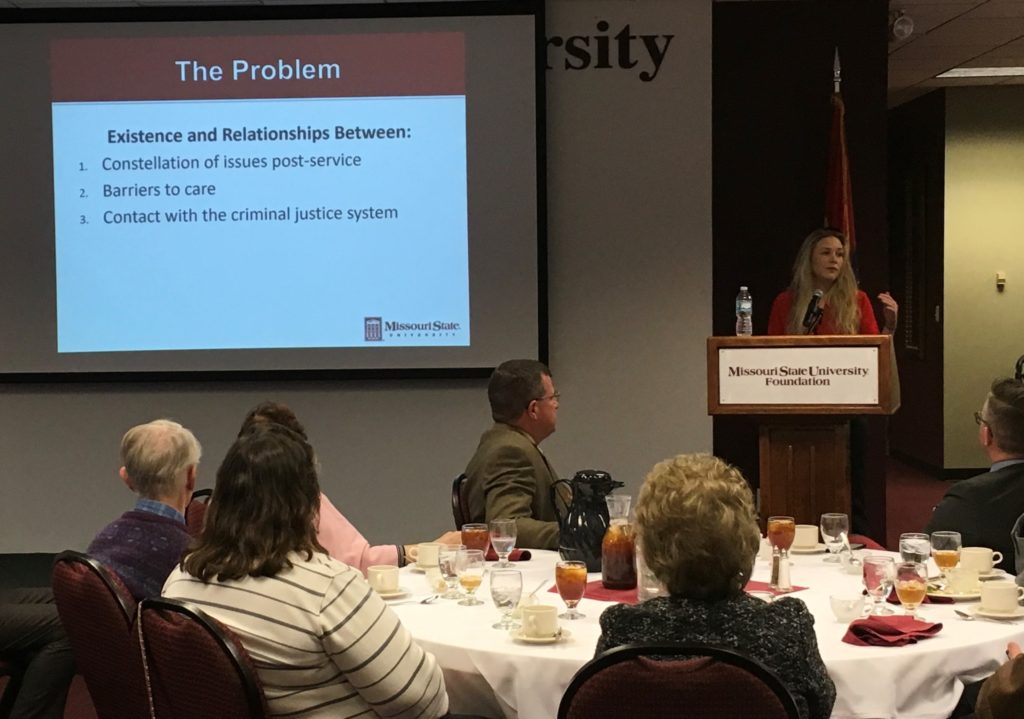
If you’ve looked for a job in the last decade, there is a great chance that Indeed was your go-to search engine. With just a few clicks, thousands of vacant job opportunities were at your fingertips. Granted, many other job-seeking candidates applied for those same employment opportunities. According to Interview Success Formula, on average, companies receive 118 applications for each new position. I think it’s safe to say that the job market is competitive. It’s even harder for treatment court participants who may have a lack of education, limited skills, and/or a substance use disorder.

 My role at the Justice Programs Office (JPO) is to be heard but rarely seen. I am not asked to go to conferences and present on the constitutional right to counsel. I am certainly not going out into the field to provide training and technical assistance to
My role at the Justice Programs Office (JPO) is to be heard but rarely seen. I am not asked to go to conferences and present on the constitutional right to counsel. I am certainly not going out into the field to provide training and technical assistance to 
